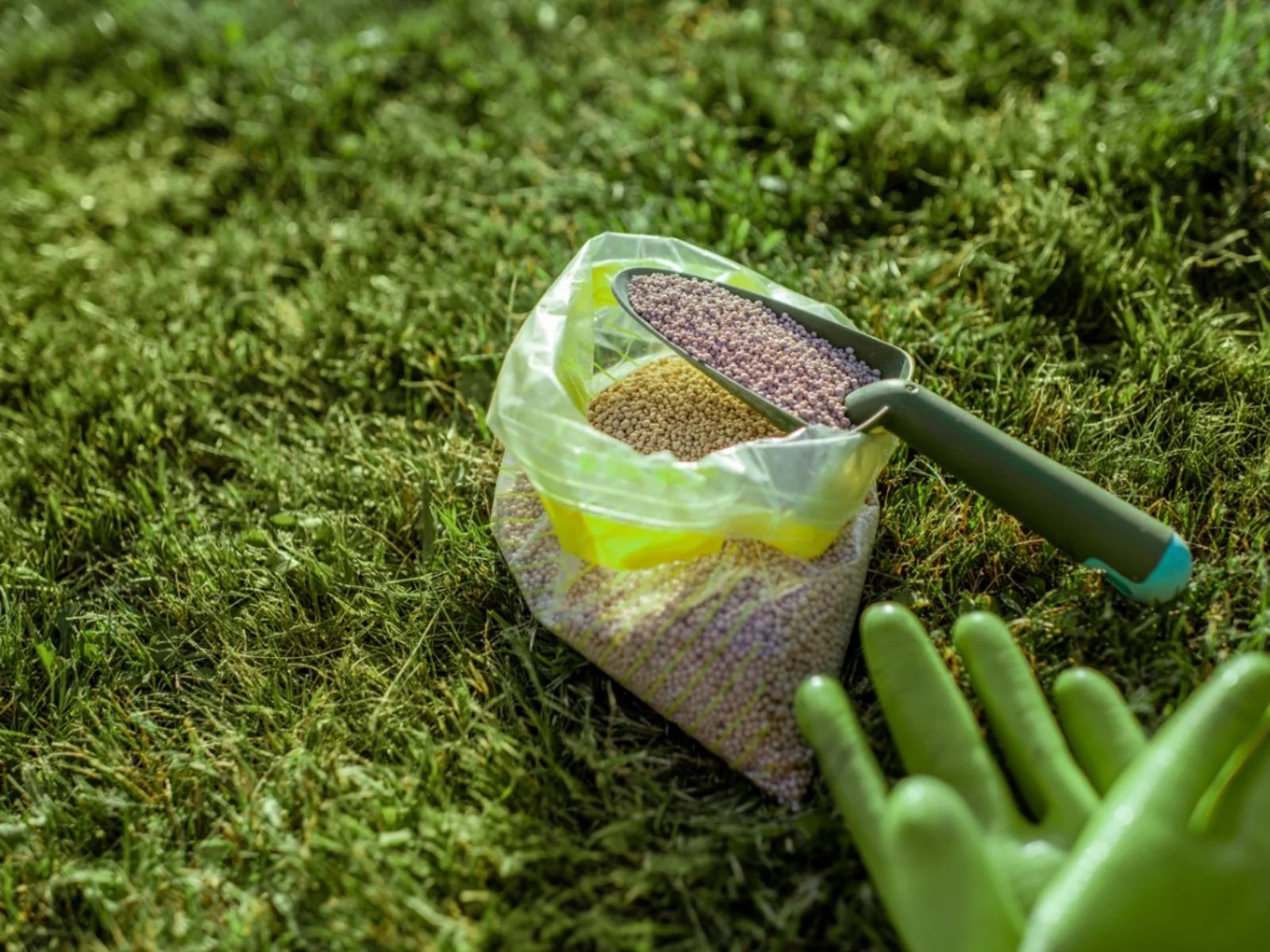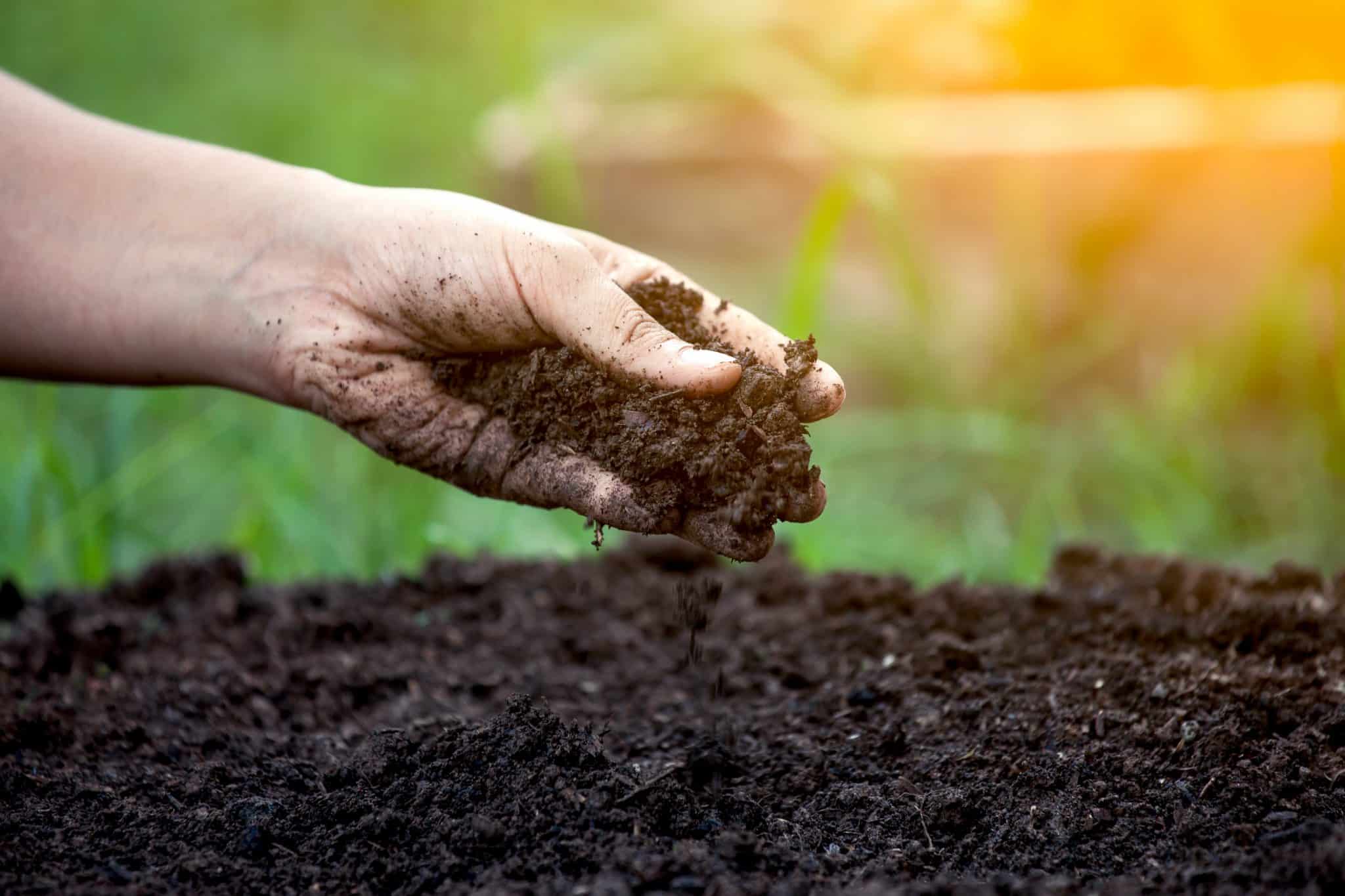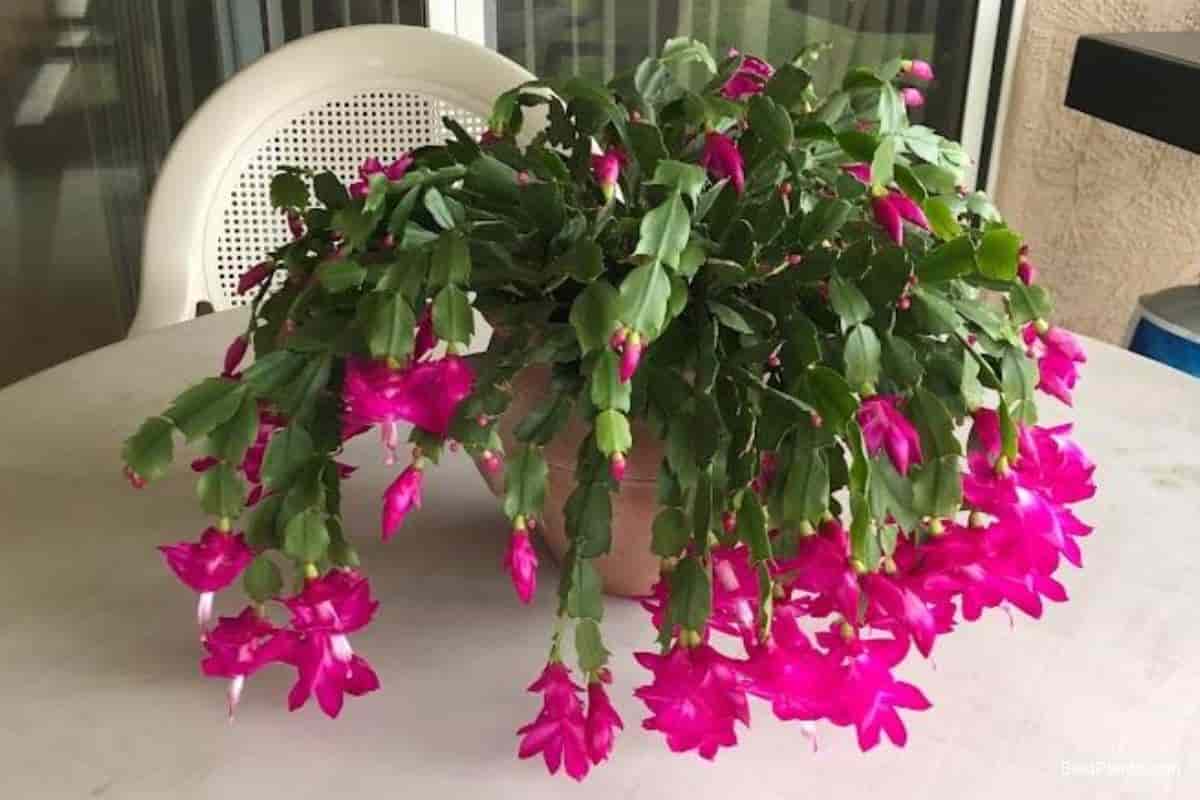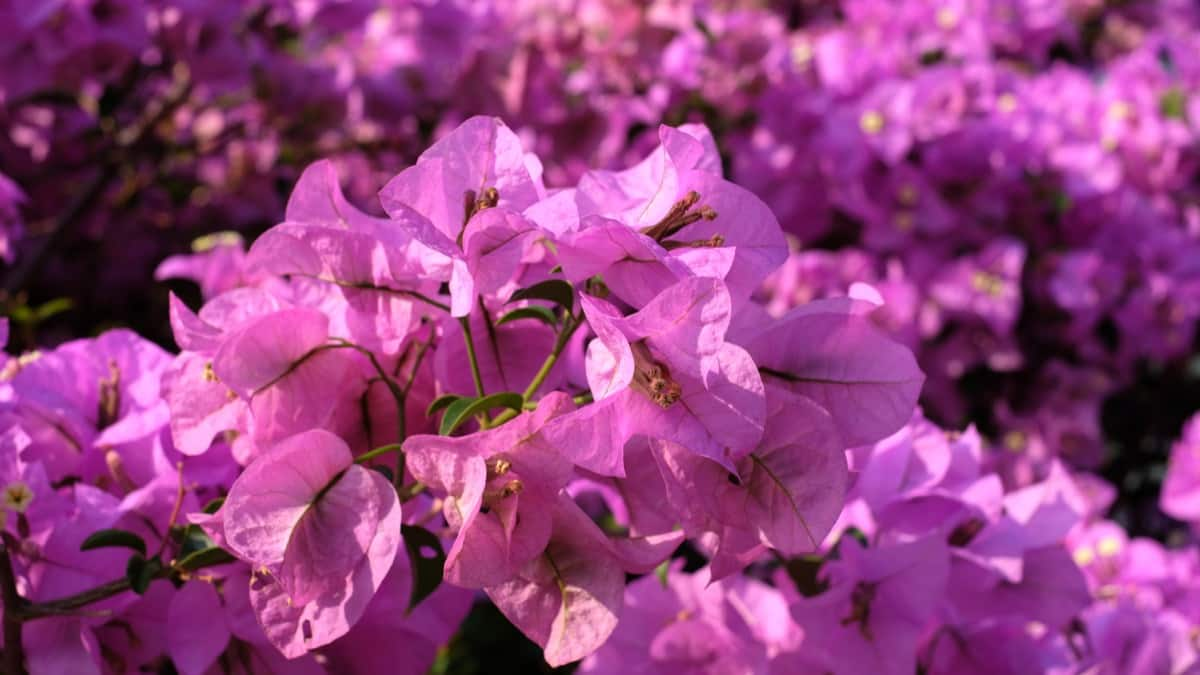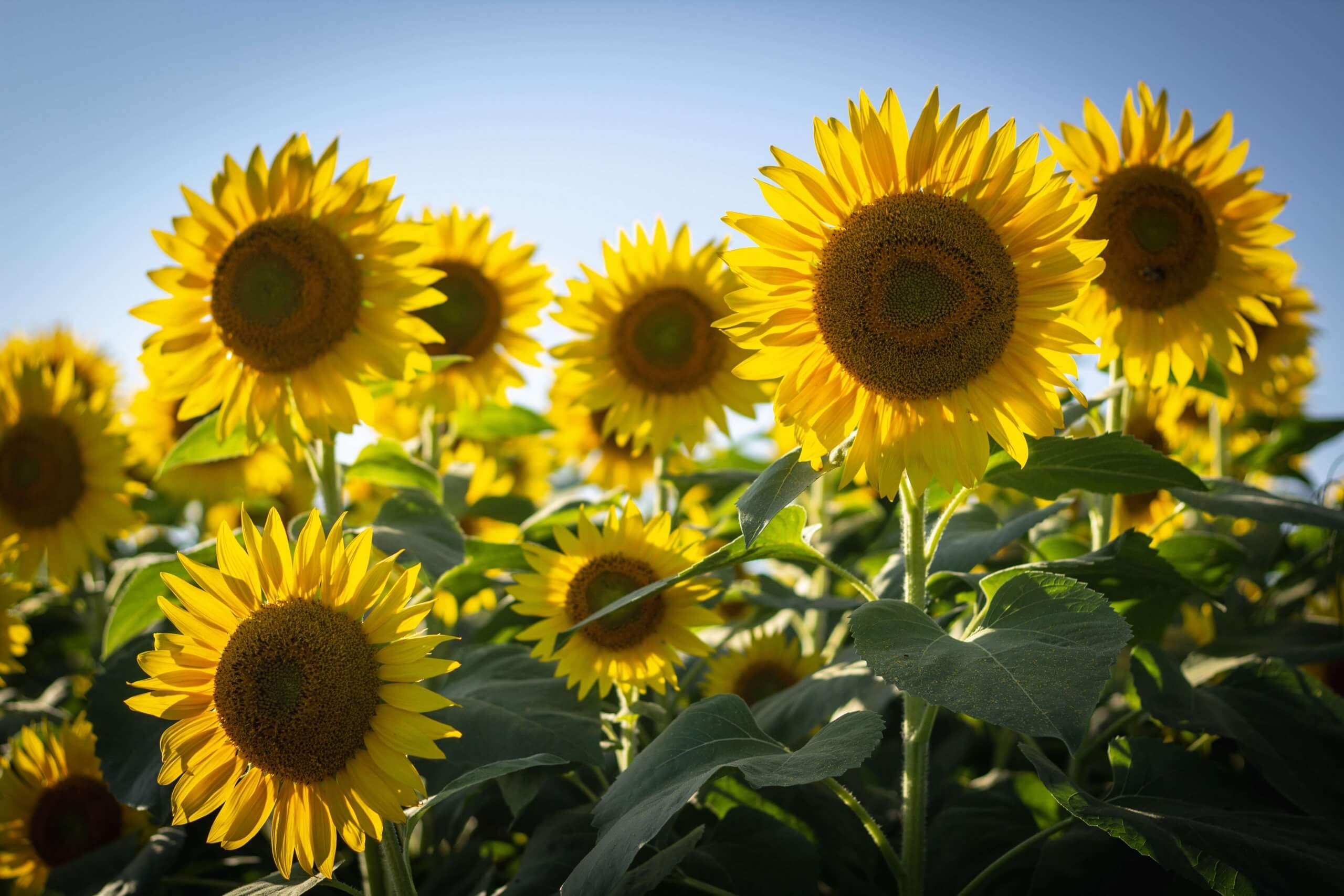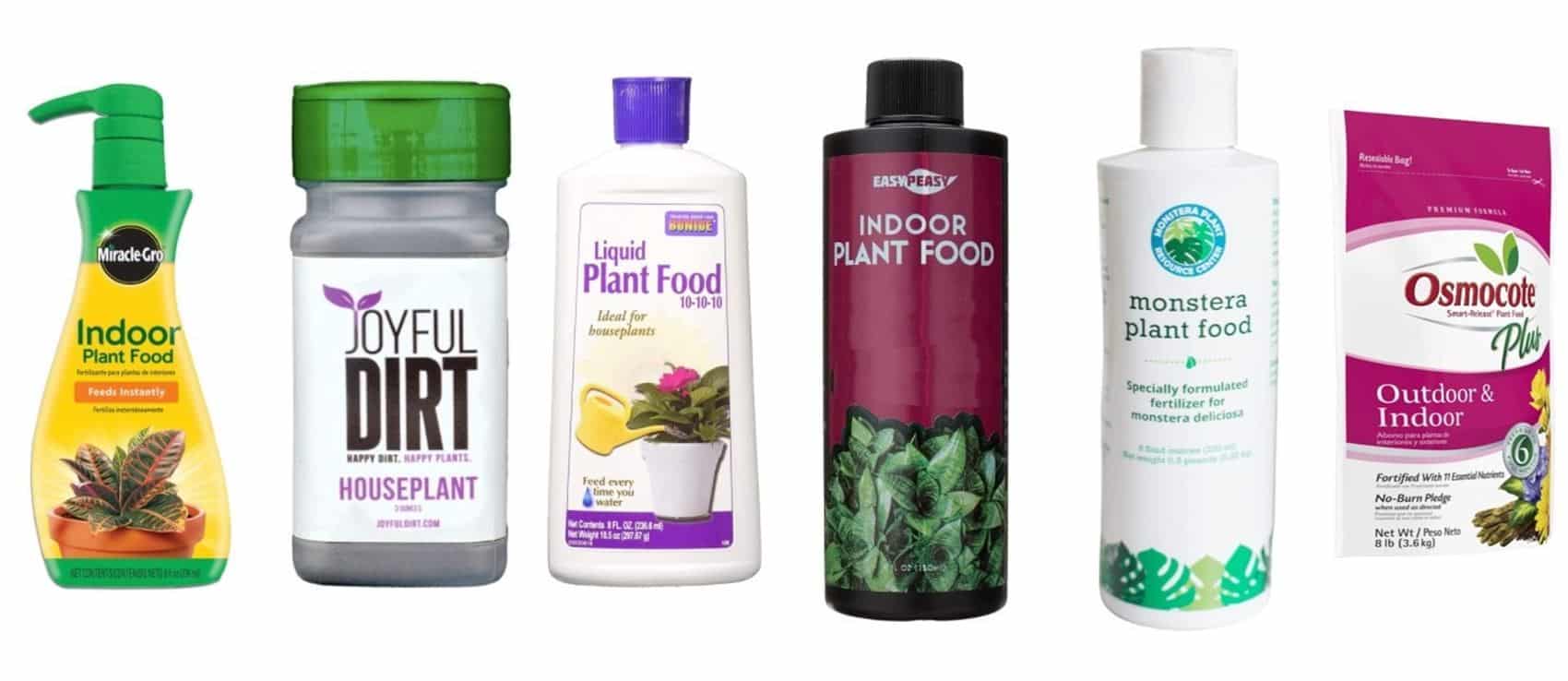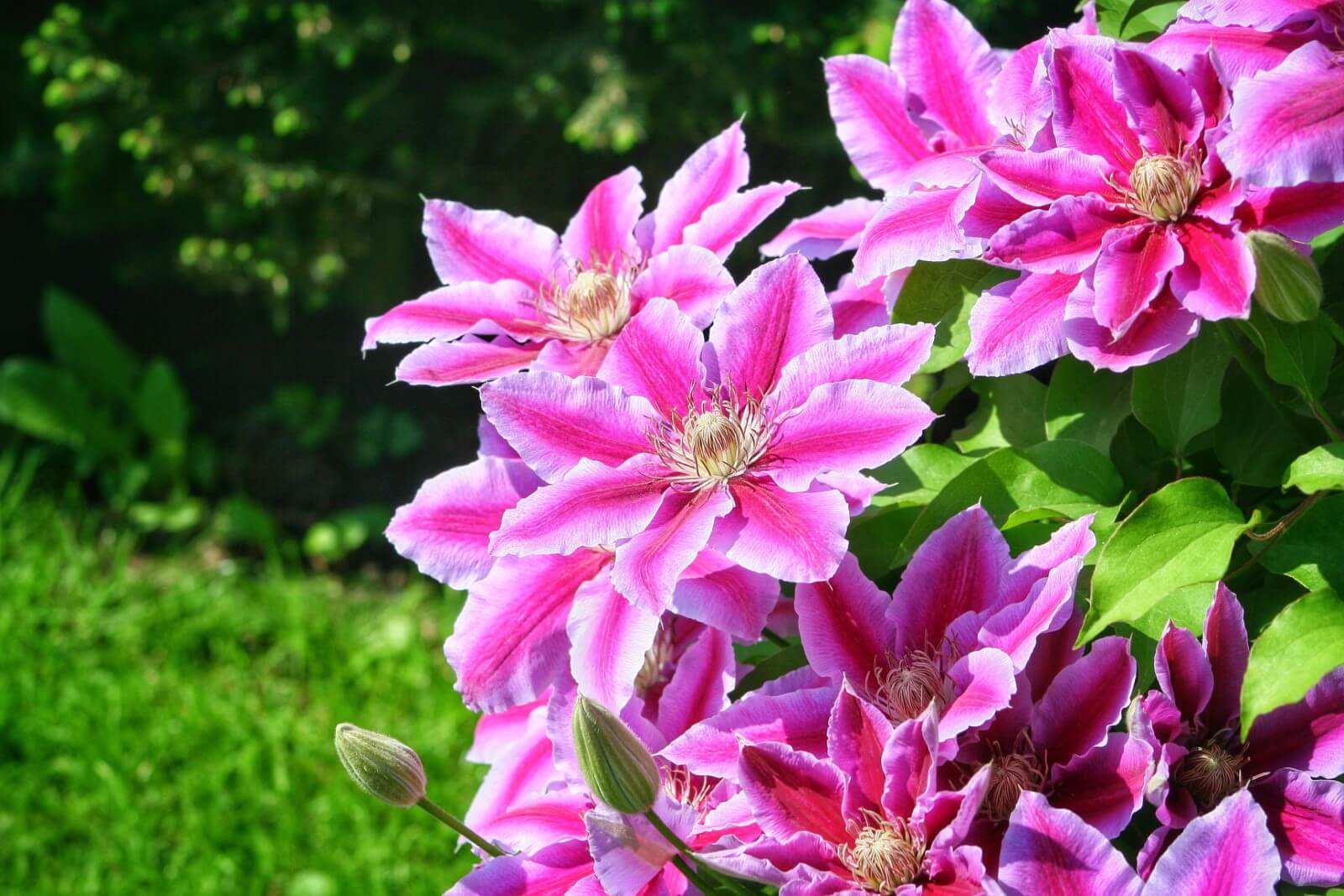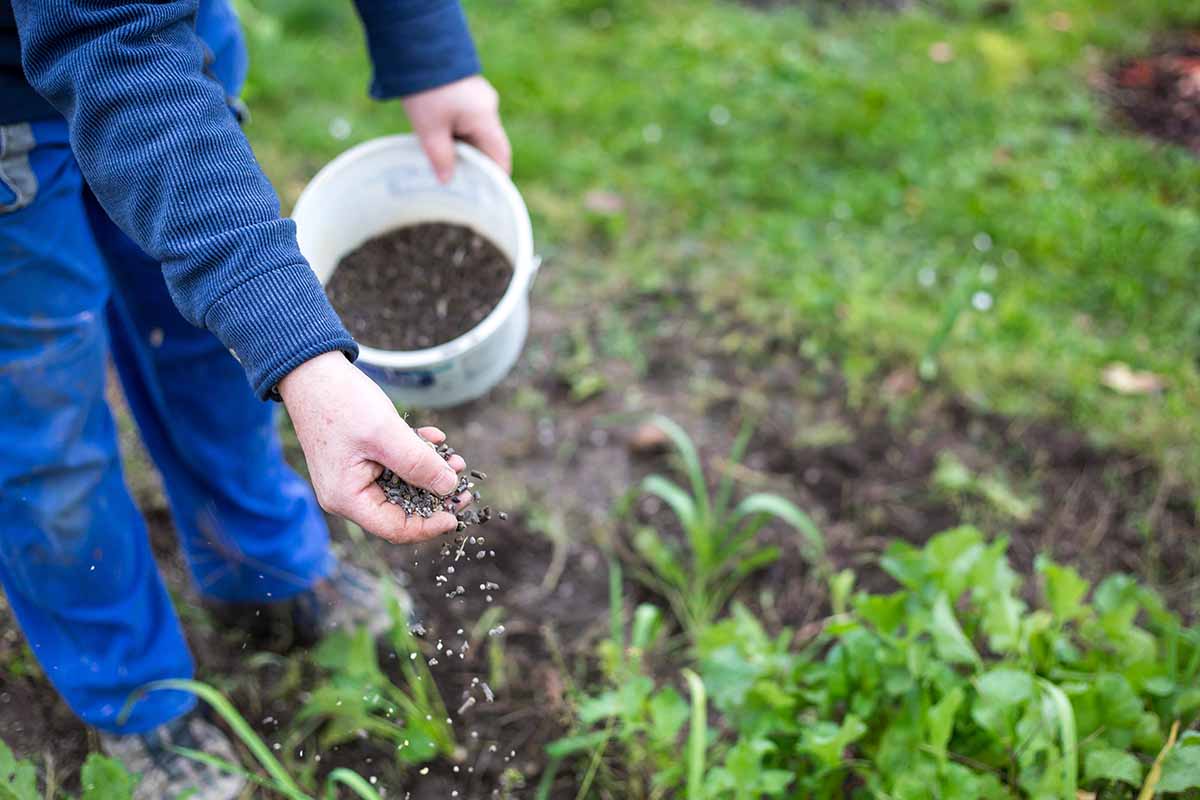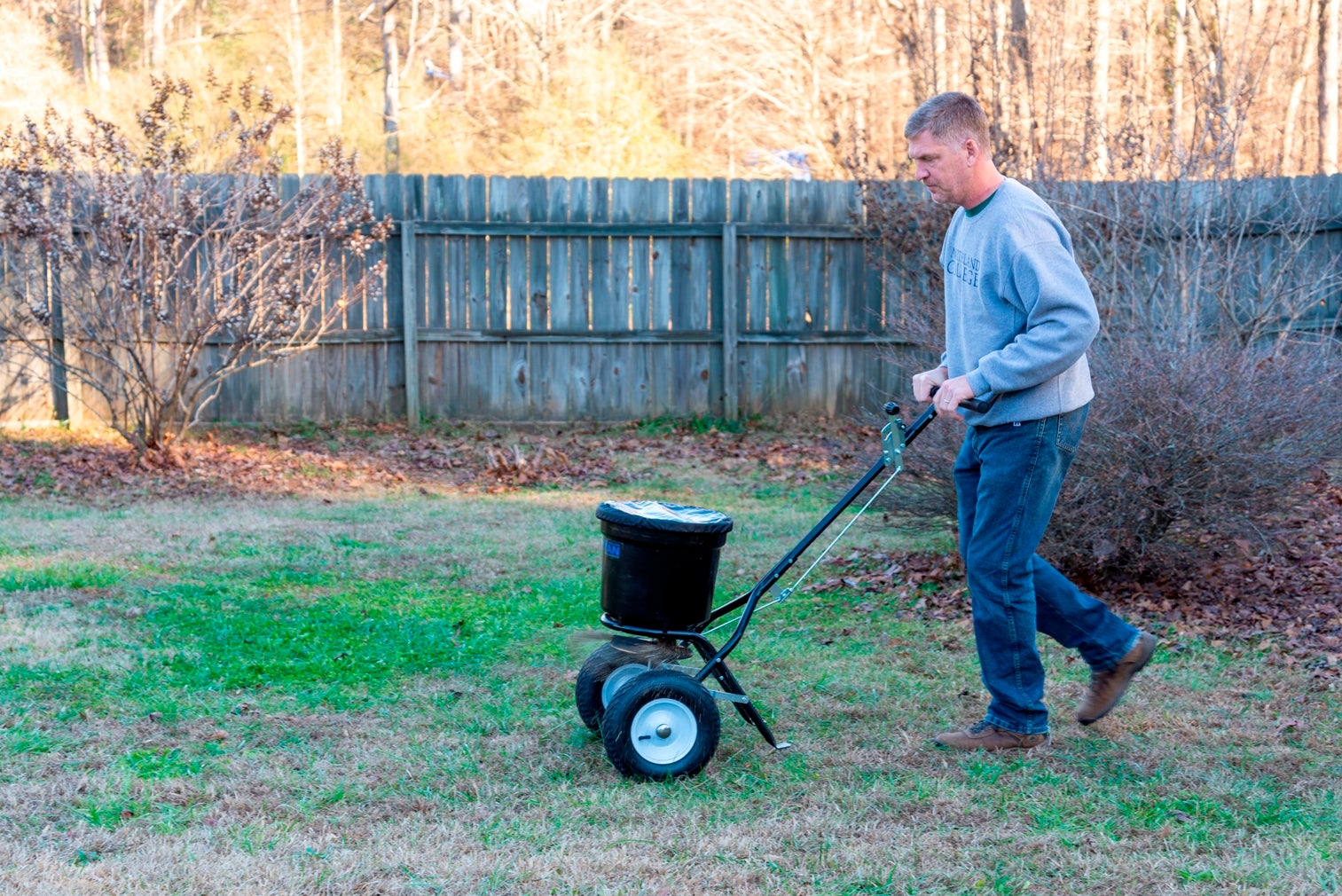Home>Gardening Techniques>DIY Projects>What Is Foliar Fertilizer
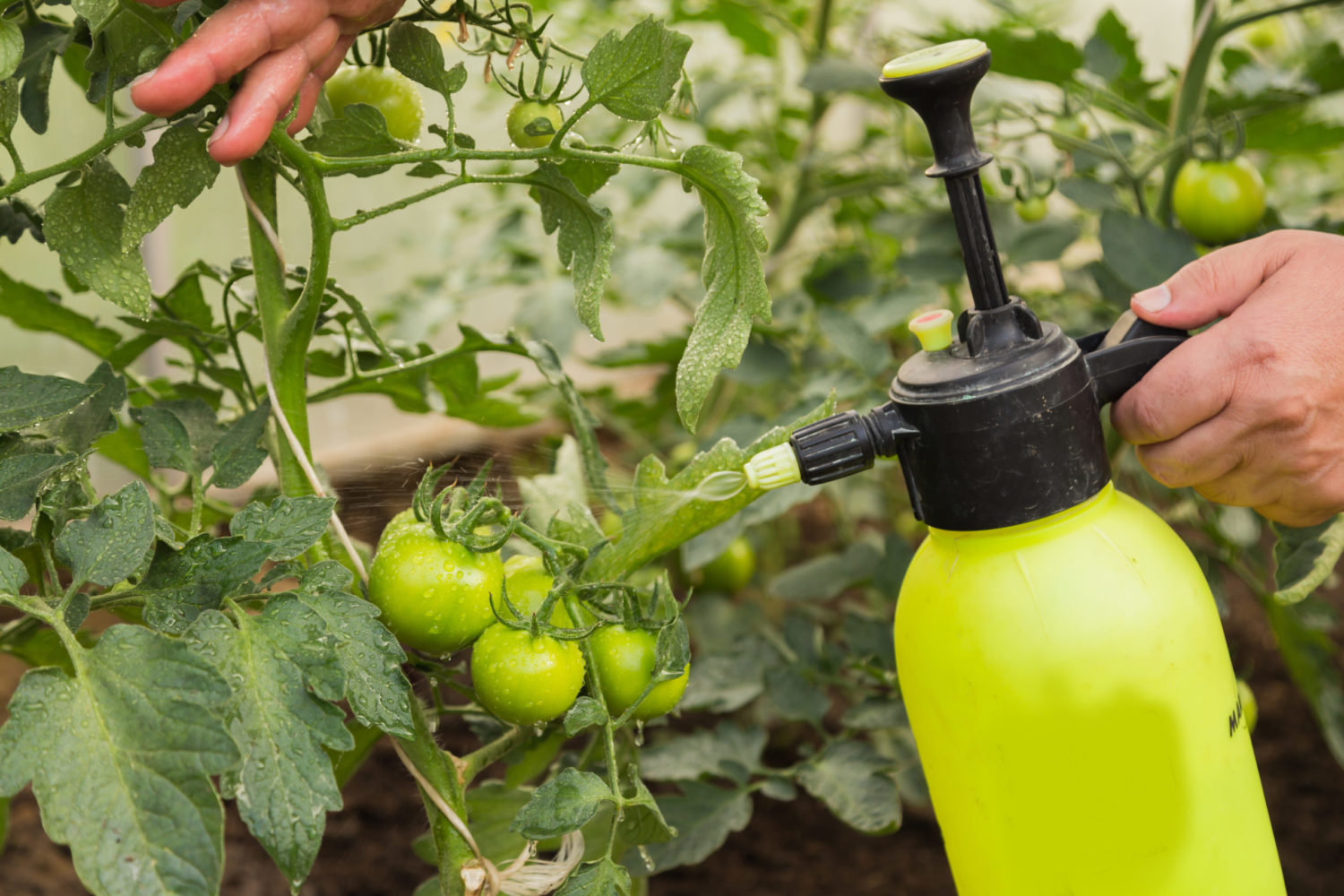

DIY Projects
What Is Foliar Fertilizer
Published: August 5, 2023
Discover the benefits of DIY foliar fertilizer for your plants and learn how to create your own at home with our step-by-step guide. Boost plant growth and maximize nutrient absorption with this cost-effective gardening solution.
(Many of the links in this article redirect to a specific reviewed product. Your purchase of these products through affiliate links helps to generate commission for Chicagolandgardening.com, at no extra cost. Learn more)
Table of Contents
- Introduction
- Definition of Foliar Fertilizer
- Benefits of Using Foliar Fertilizer
- How Foliar Fertilizer Works
- Types of Foliar Fertilizers
- Application Techniques of Foliar Fertilizer
- Factors to Consider when Choosing Foliar Fertilizer
- Precautions and Best Practices for Foliar Fertilizer Application
- Conclusion
Introduction
Welcome to the fascinating world of DIY projects! If you’re someone who loves taking on new challenges, exploring your creativity, and saving money, then DIY projects are perfect for you. Whether it’s building your own furniture, fixing things around the house, or creating unique crafts, the satisfaction that comes with successfully completing a DIY project is unparalleled.
Nowadays, with the abundance of online tutorials, step-by-step guides, and a vast array of tools and materials available, it has never been easier to embark on a DIY project. Not only does it provide you with an opportunity to learn new skills, but it also allows you to personalize your living space and express your individuality.
DIY projects offer a myriad of benefits. They can help you save money by avoiding expensive professional services or pre-made products. You have the freedom to customize your projects to suit your preferences and needs. In addition, engaging in DIY projects can boost your confidence and provide a sense of accomplishment as you witness your creations come to life.
However, it’s important to remember that undertaking a DIY project requires careful planning, preparation, and execution. This is where the importance of having a solid understanding of the necessary tools, materials, and techniques comes into play. By doing so, you can ensure a successful outcome and avoid common pitfalls along the way.
In this comprehensive guide, we will explore various DIY projects, ranging from home improvement and woodworking to arts and crafts. We will delve into the step-by-step process of each project, providing you with valuable insights, tips, and tricks to make your DIY journey a smooth and enjoyable one.
Whether you’re a seasoned DIY enthusiast or just starting out, this guide will equip you with the knowledge and skills needed to tackle any project, big or small. So, let’s dive in and discover the wonderful world of DIY projects!
Definition of Foliar Fertilizer
Foliar fertilizer is a type of plant nutrient that is applied directly to the leaves of plants. Unlike traditional methods of fertilization, which involve applying nutrients to the soil, foliar fertilizers are sprayed onto the foliage, allowing for rapid absorption and utilization by the plant. They are commonly used in agriculture, horticulture, and gardening to provide essential nutrients for improved plant growth and health.
Foliar fertilizers are typically formulated with a blend of macro and micronutrients, such as nitrogen, phosphorus, potassium, and various trace elements. These nutrients are essential for plant growth, development, and overall productivity. By spraying foliar fertilizer onto the leaves, plants are able to quickly and efficiently absorb the nutrients, bypassing the limitations often encountered in soil-based fertilization.
One of the key advantages of foliar fertilizers is their ability to deliver nutrients directly to the plant’s tissues, bypassing the root system. This is especially beneficial in situations where soil conditions are suboptimal or when plants are experiencing nutrient deficiencies. Foliar fertilizers can provide a quick boost of nutrients, helping plants recover from nutrient deficiencies and promoting healthy growth.
In addition to their direct nutritional benefits, foliar fertilizers can also enhance the overall physiological function of plants. They can stimulate photosynthesis, improve nutrient uptake and translocation within the plant, and enhance the plant’s resistance to environmental stresses such as drought, disease, and pests. This makes foliar fertilizers an effective tool for optimizing the overall health and productivity of plants.
It’s important to note that foliar fertilizers should not replace regular soil-based fertilization. Rather, they should be used as a supplementary nutrient source to complement soil-based fertilization programs. The combination of both foliar and soil fertilization can provide plants with a well-rounded and balanced supply of nutrients throughout their growth cycle.
When it comes to choosing the right foliar fertilizer, it’s crucial to consider factors such as the specific nutritional requirements of the plant, the stage of growth, and the environmental conditions. Every plant species has unique nutrient requirements, and it’s important to select a foliar fertilizer that matches those needs.
In the following sections, we’ll explore the benefits of using foliar fertilizers, how they work, different types of foliar fertilizers available, application techniques, and other important considerations to ensure successful foliar fertilizer use in your gardening and farming endeavors.
Benefits of Using Foliar Fertilizer
Foliar fertilizers offer a range of benefits that make them a valuable tool for plant nutrition and health. Let’s explore some of the key advantages of using foliar fertilizers in gardening, horticulture, and agriculture:
- Increased Nutrient Absorption: One of the primary benefits of foliar fertilizers is their ability to deliver nutrients directly to the plant’s leaves, allowing for rapid absorption and utilization. The nutrients are absorbed through the stomata on the leaf surface and transported throughout the plant, providing a quick and efficient nutrient boost. This is particularly beneficial when plants are experiencing nutrient deficiencies or when immediate nutrient correction is required.
- Improved Nutrient Use Efficiency: Foliar fertilizers can enhance nutrient use efficiency by minimizing nutrient losses due to leaching or immobilization in the soil. Since the nutrients are applied directly to the foliage, they are less susceptible to being washed away by rainfall or becoming tied up in the soil. This ensures that a higher proportion of the applied nutrients are taken up by the plants, resulting in more efficient nutrient utilization.
- Targeted Nutrient Delivery: Foliar fertilizers allow for precise and targeted nutrient delivery. This is especially advantageous when specific nutrient deficiencies need to be addressed in a timely manner. By applying the required nutrients directly to the leaves, plants can quickly access the nutrients they need, bypassing any limitations or imbalances in the soil. This targeted nutrient delivery can help correct deficiencies and promote balanced plant growth.
- Quick Response and Visible Results: Foliage is the site of active metabolic processes in plants, and applying nutrients directly to the leaves enables rapid response and visible results. Within a short period of time, plants treated with foliar fertilizers often show improved growth, increased vigor, and healthier foliage. This quick response is particularly beneficial in situations where plants require immediate nutrient supplementation or when there is limited time for nutrient correction.
- Enhanced Photosynthesis: Foliar fertilizers can enhance the photosynthetic capacity of plants. Nutrients like nitrogen, phosphorus, and potassium play crucial roles in photosynthesis. By supplying these nutrients directly to the leaves, foliar fertilizers can promote optimal photosynthetic activity, leading to increased plant growth, better yield, and improved overall plant health.
- Resilience to Stress: Foliar fertilizers can help plants withstand and recover from various environmental stresses. The nutrients supplied through foliar application can strengthen the plant’s defense mechanisms, improve its ability to cope with drought, temperature fluctuations, disease, and pest attacks. This can result in more resilient and healthier plants that are better equipped to overcome environmental challenges.
Overall, foliar fertilizers offer several benefits that can greatly contribute to the success of gardening, horticultural, and agricultural endeavors. However, it’s important to note that foliar fertilizers should be used as a supplement to regular soil-based fertilization and should be applied in accordance with recommended rates and timings. By understanding the advantages of foliar fertilizers and employing them appropriately, you can maximize the potential of your plants and achieve exceptional results.
How Foliar Fertilizer Works
Foliar fertilizers work by supplying essential nutrients directly to the leaves of plants, allowing for rapid absorption and utilization. Unlike traditional soil-based fertilizers that rely on root uptake, foliar fertilizers are sprayed onto the foliage, where they come into direct contact with the plant’s stomata and leaf surface.
Once applied, the nutrients in the foliar fertilizer are absorbed by the plant through the stomata, which are microscopic openings on the leaf surface. These stomata serve as channels for gas exchange and also play a vital role in nutrient uptake. The nutrients are then transported throughout the plant via the phloem, reaching various parts of the plant and fulfilling their specific functions.
The major advantage of foliar fertilization is the quick and efficient absorption of nutrients by the plant. Nutrients applied to the leaves can be readily taken up and utilized, bypassing any limitations or imbalances in the soil. This is particularly beneficial in situations where plants are experiencing nutrient deficiencies or when immediate nutrient correction is required.
Foliar fertilizers can also improve nutrient use efficiency by minimizing nutrient losses. Since the nutrients are applied directly to the leaves, they are less prone to leaching, runoff, or immobilization in the soil. This ensures that a higher proportion of the applied nutrients are taken up by the plants, maximizing their utilization and minimizing environmental impacts.
In addition to nutrient absorption, foliar fertilization can stimulate various physiological processes in plants. The nutrients supplied through foliar application can enhance photosynthesis, the process by which plants convert sunlight into energy. This can result in increased plant growth, improved yield, and better overall plant health.
Foliar fertilizers also play a role in improving the plant’s resistance to environmental stresses such as drought, disease, and pests. The nutrients provided through foliar application can strengthen the plant’s defense mechanisms, allowing it to better withstand and recover from these stressors. This can result in more resilient and healthier plants that are better equipped to thrive in challenging conditions.
It’s important to note that foliar fertilization should not replace regular soil-based fertilization. Rather, it should be used as a supplementary nutrient source to complement soil-based fertilization programs. The combination of both foliar and soil fertilization can provide plants with a well-rounded and balanced supply of nutrients throughout their growth cycle.
When using foliar fertilizers, it’s crucial to follow proper application techniques, including using the correct dilution ratios, applying at the appropriate times, and ensuring good coverage of the foliage. Each plant species and growth stage may have specific requirements, so it’s important to consult product labels and guidelines for optimal results.
Overall, foliar fertilization provides a practical and efficient method of delivering essential nutrients directly to plants. By understanding how foliar fertilizers work and implementing them effectively, you can promote healthy plant growth, enhance nutrient utilization, and optimize the overall health and productivity of your plants.
Types of Foliar Fertilizers
There are various types of foliar fertilizers available, each designed to cater to specific plant nutrient requirements and growth stages. Let’s explore some of the commonly used types:
- Nitrogen-Based Foliar Fertilizers: These fertilizers are rich in nitrogen, an essential nutrient for promoting leafy growth and chlorophyll production. Nitrogen-based foliar fertilizers are often used during the vegetative stage of plant growth to support healthy foliage development. They can help plants overcome nitrogen deficiencies and promote lush, green foliage.
- Phosphorus-Based Foliar Fertilizers: Phosphorus is a critical nutrient for root development, flowering, and fruiting. Phosphorus-based foliar fertilizers are commonly used during the flowering and fruiting stages to enhance flower formation, fruit set, and overall yield. They can help plants overcome phosphorus deficiencies and promote robust reproductive growth.
- Potassium-Based Foliar Fertilizers: Potassium is essential for overall plant health, including stress tolerance, water regulation, and disease resistance. Potassium-based foliar fertilizers are used to enhance the plant’s ability to withstand environmental stresses, improve water utilization, and promote disease resistance. They are often applied during periods of high water demand or when plants are experiencing potassium deficiencies.
- Micronutrient-Based Foliar Fertilizers: Micronutrients such as iron, manganese, zinc, copper, and boron are essential for plant growth and metabolism, although required in smaller quantities compared to macronutrients. Micronutrient-based foliar fertilizers provide a concentrated source of these essential elements, ensuring that plants have an adequate supply for optimal growth and development. They are particularly useful in correcting micronutrient deficiencies, which can manifest as yellowing, stunted growth, or other specific symptoms.
- Organic Foliar Fertilizers: Organic foliar fertilizers are derived from natural sources such as plant materials, animal byproducts, or microbial extracts. These fertilizers provide a slow-release source of nutrients and improve soil fertility. Organic foliar fertilizers are often favored by organic gardeners and farmers, as they promote sustainable practices and reduce the reliance on synthetic chemicals.
- Foliar Fertilizer Blends: Many foliar fertilizers come in pre-mixed blends that combine various nutrients to cater to the specific needs of plants. These blends offer a convenient solution for providing a balanced nutrient profile and are often used as general-purpose foliar fertilizers across different growth stages.
Choosing the right type of foliar fertilizer depends on several factors, including the specific nutrient requirements of the plants, the growth stage, and the overall health of the plant. It’s important to consider these factors and consult product labels or seek expert advice to ensure that the chosen foliar fertilizer meets the specific needs of your plants.
Keep in mind that foliar fertilizers should be used in conjunction with regular soil-based fertilization, as they serve as a supplement to optimize plant nutrition. Proper application techniques, such as applying the right dilution ratios, timing, and ensuring good foliage coverage, are essential for maximizing the benefits of foliar fertilizers.
By selecting and utilizing the appropriate type of foliar fertilizer, you can provide targeted nutrient supplementation, address deficiencies efficiently, and promote healthy plant growth throughout the growing season.
Application Techniques of Foliar Fertilizer
The successful application of foliar fertilizer involves proper techniques to ensure effective nutrient uptake and minimize potential issues. Here are some key considerations and techniques to follow when applying foliar fertilizer:
- Timing: Timing is crucial when applying foliar fertilizer. It’s best to apply foliar fertilizers early in the morning or late in the evening when temperatures are cooler. This allows for better absorption and reduces the risk of foliar burn. Avoid application during hot, sunny periods as this can cause the fertilizer to evaporate quickly and decrease its efficacy.
- Dilution: Follow the recommended dilution rates provided by the manufacturer. It’s important not to exceed the recommended concentration as this can lead to foliage damage or even plant stress. Under-diluting the fertilizer may result in insufficient nutrient delivery. Measure the fertilizer and mix it with water thoroughly before application.
- Good Coverage: Ensure thorough coverage of the foliage, including the upper and lower leaf surfaces. Use a sprayer with a fine mist setting to achieve better coverage. Pay attention to the undersides of leaves, as this is where many stomata are located, enhancing nutrient absorption. Proper coverage helps to maximize nutrient uptake and distribution throughout the plant.
- Foliar Penetration Aids: Some foliar fertilizers can benefit from the addition of penetration aids, such as surfactants or adjuvants. These additives improve the spread and absorption of the fertilizer on the leaf surface. Read product labels or consult with experts to determine if a penetration aid is recommended for the specific foliar fertilizer you are using.
- Avoid Rainfall: If rain is expected shortly after application, it’s advisable to delay the foliar fertilizer application. Rainfall can wash away the fertilizer from the foliage, reducing its effectiveness and wasting valuable nutrients. If rainfall occurs shortly after application, consider reapplying the foliar fertilizer once the foliage has dried.
- Follow Application Frequency: Different plants and growth stages have specific requirements for foliar fertilization. Be sure to follow the recommended application frequency provided on the product label or consult with experts. Over-application can lead to nutrient imbalances, while under-application may not provide the desired benefits.
- Equipment Maintenance: Regularly clean and maintain your sprayer or application equipment to prevent clogging and ensure proper functioning. Clean the equipment thoroughly after each use to avoid cross-contamination with other fertilizers or chemicals.
- Monitor Plant Responses: Observe the plant’s response to foliar fertilization. Look for signs of improved growth, healthier foliage, and increased vigor. If adverse effects, such as leaf burn or discoloration, are observed, adjust the dilution rate or change the fertilizer type as necessary.
Each plant species and variety may have specific requirements and sensitivities, so it’s important to consider these factors when applying foliar fertilizer. Additionally, consult product labels or seek expert advice for specific guidelines and information related to the foliar fertilizer you are using.
By following proper application techniques, you can ensure effective nutrient delivery, promote optimal plant growth, and achieve the desired results from your foliar fertilizer application.
Factors to Consider when Choosing Foliar Fertilizer
When choosing a foliar fertilizer for your plants, several important factors should be taken into consideration to ensure optimal nutrient supplementation and plant health. Here are some key factors to consider:
- Plant Nutritional Needs: Different plants have varying nutrient requirements at different growth stages. Consider the specific nutritional needs of your plants, such as nitrogen, phosphorus, potassium, and micronutrients, when selecting a foliar fertilizer. Understanding the nutrient deficiencies or requirements of your plants will help you choose a fertilizer that addresses those specific needs.
- Growth Stage: Plant nutrient requirements can vary throughout different growth stages. For example, during the vegetative stage, plants may require higher nitrogen levels to promote leafy growth, while during the flowering and fruiting stages, phosphorus and potassium are vital for flower development and fruit production. Choose a foliar fertilizer that corresponds to the specific growth stage of your plants.
- Compatibility with Plants: Some plants may be more sensitive to certain fertilizers or nutrient forms. It’s important to consider the compatibility of the foliar fertilizer with your specific plant species. Certain plants, such as acid-loving plants like azaleas or blueberries, may require a specific type of fertilizer that is tailored to their pH preferences.
- Fertilizer Formulation: Foliar fertilizers come in various formulations, including liquid concentrates, soluble powders, or granular forms. Consider the ease of application and the convenience of the formulation, as well as its compatibility with your desired application method and equipment.
- Application Frequency: Some foliar fertilizers may require more frequent applications than others. Consider the recommended application frequency provided on the product label and evaluate the feasibility of the required application schedule for your specific gardening or farming practices.
- Product Quality and Source: Ensure that the foliar fertilizer you choose is of high quality and from a trusted source. Look for reputable brands or suppliers that provide quality assurance and have a good track record. It’s important to use fertilizers that are safe, reliable, and effective for your plants.
- Environmental Considerations: Take into account any specific environmental considerations, such as organic gardening practices or environmental regulations. If you prefer organic gardening, choose a foliar fertilizer that is certified organic and meets the requirements of organic farming standards.
- Budget: Consider your budget constraints when selecting a foliar fertilizer. Compare different options, such as different brands or formulations, to find one that fits within your budget while still meeting the nutritional needs of your plants.
It’s important to conduct research, read product labels, and seek advice from gardening experts or horticulturists when choosing a foliar fertilizer. They can provide guidance tailored to your specific gardening or farming needs and help you make an informed decision.
By considering these factors and selecting a foliar fertilizer that aligns with your plant’s needs, growth stage, and environmental considerations, you can provide the optimal nutrient supplementation for your plants and promote their health and productivity.
Precautions and Best Practices for Foliar Fertilizer Application
While foliar fertilizers can provide numerous benefits for plant growth and health, it’s important to follow proper precautions and best practices to ensure safe and effective application. Here are some important considerations to keep in mind:
- Read and Follow Product Instructions: Before using any foliar fertilizer, carefully read and follow the instructions provided by the manufacturer. This includes information on dilution rates, application frequency, and any specific precautions or guidelines.
- Protective Clothing and Equipment: Wear appropriate protective clothing, such as gloves, goggles, long sleeves, and pants, when handling and applying foliar fertilizers. This helps protect your skin and eyes from potential irritation or contact with concentrated fertilizer solutions.
- Choose Proper Weather Conditions: Avoid applying foliar fertilizers during extremely hot and sunny periods, as this can lead to leaf burn or evaporation of the fertilizer before absorption. Similarly, avoid application during windy conditions to prevent the drifting of the fertilizer onto unintended areas or neighboring plants.
- Proper Mixing and Dilution: Always mix and dilute the foliar fertilizer according to the recommended rates and instructions. Failure to do so may result in over-concentration, which can harm plants, or under-dilution, which may render the fertilizer ineffective.
- Thorough Coverage: Ensure thorough coverage of the foliage, including both sides of the leaves. Using a sprayer with a fine mist setting can help achieve better coverage. Pay close attention to the undersides of leaves, where many stomata are located for improved nutrient absorption.
- Test Compatibility on a Small Scale: If using a foliar fertilizer for the first time or on a new plant species, it’s advisable to test it on a small area or a few plants first. This allows you to observe any potential adverse reactions or sensitivity before applying it more extensively.
- Monitor Plant Response: Regularly monitor the plant’s response to the foliar fertilizer application. Observe for any signs of leaf burn, discoloration, or other undesirable effects. If adverse effects are noticed, discontinue the use of the fertilizer or adjust the dilution rate accordingly.
- Clean Equipment: After each use, clean and rinse equipment thoroughly to remove any residue. This prevents the buildup or cross-contamination of fertilizers, ensuring accurate applications and preventing potential harm to plants.
- Storage and Disposal: Store foliar fertilizers in a cool, dry place, away from direct sunlight and extreme temperatures. Follow local regulations and guidelines for the proper disposal of unused or expired foliar fertilizers, as well as the containers they come in.
- Seek Expert Advice: If you have any uncertainties or questions regarding the application of foliar fertilizers, it’s always best to consult with gardening experts, horticulturists, or agricultural extension services. They can provide valuable advice tailored to your specific needs and ensure you are following the best practices for optimal results.
Following these precautions and best practices will help ensure the safe and effective application of foliar fertilizers. By adopting proper techniques and monitoring the plant’s response, you can optimize nutrient uptake, promote healthy plant growth, and minimize the risks associated with improper application.
Conclusion
DIY projects offer endless possibilities for creativity, personal expression, and cost-saving opportunities. From home improvement and woodworking to arts and crafts, DIY projects allow you to unleash your imagination, learn new skills, and create unique and customized items.
When it comes to DIY projects, it’s important to have a solid foundation of knowledge and skills. This includes understanding the various tools, materials, and techniques required for different projects. By equipping yourself with the right information and resources, you can confidently take on any DIY project and achieve remarkable results.
In this comprehensive guide, we’ve explored the world of DIY projects and delved into specific topics such as foliar fertilizers. We’ve learned about the definition of foliar fertilizer, its benefits in plant nutrition and health, how it works, different types available, application techniques, factors to consider when choosing, and precautions for its proper use.
By incorporating foliar fertilizers into your gardening, horticulture, or agricultural practices, you can provide targeted and efficient nutrient supplementation directly to your plants’ leaves. This can lead to improved growth, enhanced nutrient utilization, increased resilience to stress, and overall healthier and more productive plants.
Remember to always consider factors such as your plants’ specific nutritional needs, growth stage, and compatibility with the chosen foliar fertilizer. Follow best practices for application, including proper dilution, thorough coverage, and monitoring of plant responses.
As you embark on your DIY journey, continue to expand your knowledge and explore new projects. Take advantage of online resources, tutorials, and communities to gather ideas, seek inspiration, and connect with fellow DIY enthusiasts.
Now, armed with the knowledge and understanding of DIY projects and foliar fertilizers, you have the tools to tackle any project and cultivate your creativity. So, go ahead and unleash your DIY spirit, and enjoy the satisfaction and fulfillment that comes with creating something with your own hands. Happy crafting and gardening!
